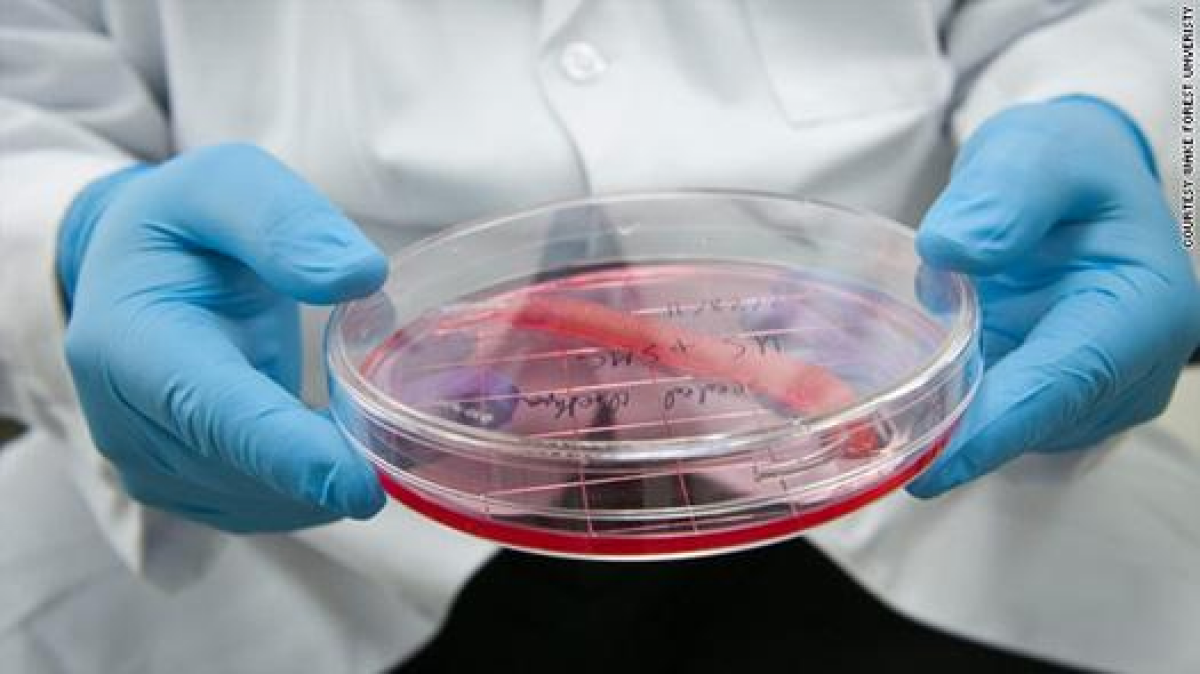It’s kind of fun to watch old science-fiction movies and television in order to see the way they have influenced modern technology. Communicators from Star Trek were small devices with a tiny antennae that crew members would flip open in order to speak tone another and were the direct inspiration for first generation flip phones. Tricorders, hand held computer tablets and even the USS Enterprise warp drive have all influenced technology and continue to inspire researchers.
While Star Trek is perhaps the most widely known example of how science-fiction has influenced the real world, the truth is that the entire genre of science-fiction has helped to inspire, motivate and challenge researchers throughout history.
- The Jules Verne classic, Twenty Thousand Leagues Under the Sea was published in 1870 and inspired inventor Simon Lake to develop the modern day submarine. Lake went on to become known as the Father of the Submarine and his work even earned him a congratulatory note from Verne himself in 1898.
- Verne also inspired the invention of another common vehicle through his book Clipper of the Clouds. When Igor Sikorsky read the book as a young boy it inspired him to later develop the helicopter. In interviews and letters Sikorsky would often quote one of Verne’s famous line, “Anything that one man can imagine, another man can make real.”
- The iconic War of the Worlds by H. G. Wells inspired Robert H. Goddard, an American scientist who went on to engineer the first liquid-fuelled rocket. Goddard reported he had become interested in space and flight after reading the newspaper serialization of Wells’ iconic tale of Martians invading the Earth.
- Tom Swift was the main character in a series of books which were published between 1910 and 1941. His adventures enthralled children all over the world and one of those kids grew up to invent the Taser. Jack Cover, who also happens to be a NASA physicist, and even named his invention after the inspirational character. The name Taser is actually an acronym for “Thomas A. Swift’s Electric Rifle”
 But these inventions pale in comparison to what’s happening in a laboratory in North Carolina. Since 1992, Anthony Atala and his team have been working on creating a laboratory-grown penis which can be transplanted onto humans and used just like any other part of their body. Research and development has been slow and, at times, frustrating. But in 2008 the team made headlines when they transplanted engineered penises onto 12 rabbits and then observed those rabbits mate successfully. It was the culmination of over a decade of research and work and the team immediately began to look for ways to bring the technology to humans.
But these inventions pale in comparison to what’s happening in a laboratory in North Carolina. Since 1992, Anthony Atala and his team have been working on creating a laboratory-grown penis which can be transplanted onto humans and used just like any other part of their body. Research and development has been slow and, at times, frustrating. But in 2008 the team made headlines when they transplanted engineered penises onto 12 rabbits and then observed those rabbits mate successfully. It was the culmination of over a decade of research and work and the team immediately began to look for ways to bring the technology to humans.
Of course, testing and research on this type of project is immense and currently the team is still working with the FDA in order to get the clearance they need. They haven’t reported any advancement made in bioengineering a penis suitable for human use but the team has now successfully implanted bioengineered urethras into five different patients. At the same time, advancement in the surgical techniques needed for a successful transplant have also progressed by leaps and bounds with doctors at the University of Stellenbosch announcing the first successful penis transplant (from one human to another) which took place in late 2014. This marked another benchmark in the journey towards penile transplants as the microsurgery needed for a successful transplant is complex.
 The future of penis transplants looks surprisingly positive. While there are still many challenges to meet and overcome, the advancements made in bioengineering, microsurgery and even 3D printing are all coming together to make penile transplant the next major achievement and perhaps one of the strangest examples of science-fiction becoming science fat.
The future of penis transplants looks surprisingly positive. While there are still many challenges to meet and overcome, the advancements made in bioengineering, microsurgery and even 3D printing are all coming together to make penile transplant the next major achievement and perhaps one of the strangest examples of science-fiction becoming science fat.










